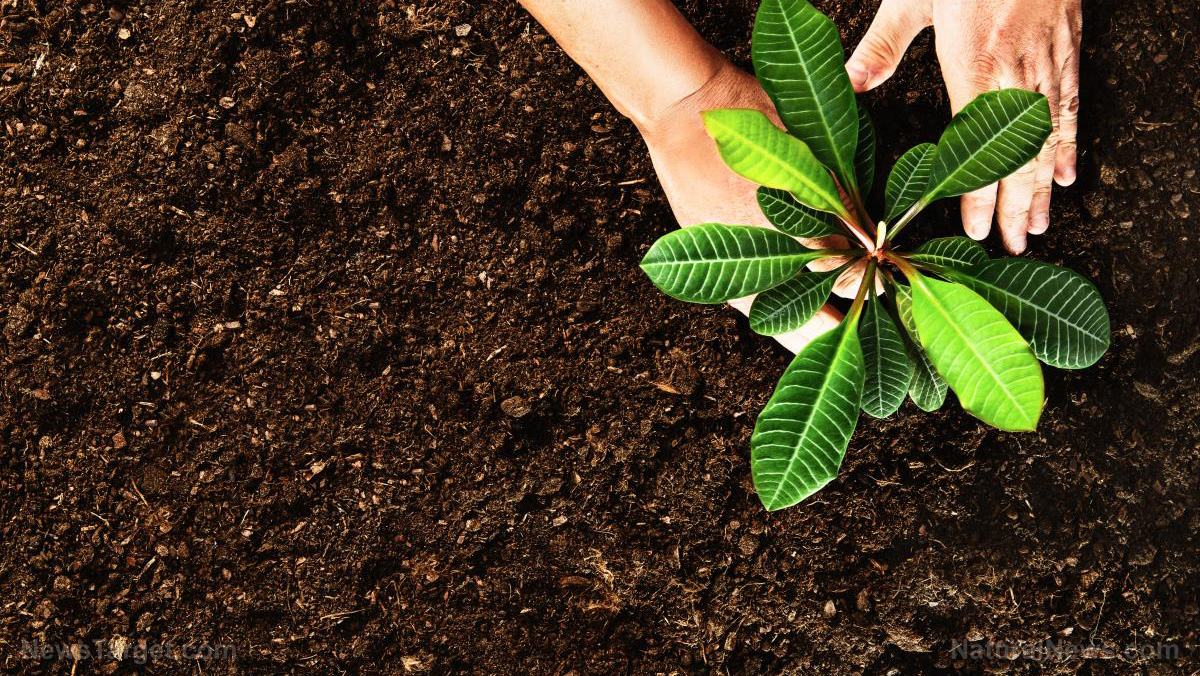
Advertisement
It’s never too late to start a home garden, even if you’re a complete beginner. Growing your own food can inspire you to make better choices about the food you put on the table. Plus, there’s nothing quite like chowing down on fresh fruits and vegetables after months of patience, dedication and hard work.
But even seasoned gardeners have had their fair share of stunted plants and failed crops. Often, these failures have a lot to do with the choice of plants in the first place.
Don’t make the same mistake. Here are 10 of the easiest fruits and vegetables to grow, even for beginners:
Carrots
This popular root vegetable is an excellent source of vitamin A, which helps maintain good eyesight and prevents vision loss. Carrots grow best in loose, rock-free soil in colder temperatures. Choose a spot that receives a good amount of sunlight and plant the seeds just underneath the soil. Most varieties take about 50–80 days to mature, but the thin fingerling ones mature in just 30 days.
Green beans
Among the different varieties of beans, green beans are one of the easiest to grow. Rich in protein and folate, green beans improve blood circulation and stimulate red blood cell production. Green beans will rot in cool, damp soil, so it’s best to grow these in the summer.
Lettuce
Salad staples like lettuce are a must-have in vegetable gardens. Lettuce is also one of the easiest vegetables to grow regardless of variety. Lettuce thrives best in the cool temperature of spring. It doesn’t take much to grow lettuce from seeds. Just make sure to plant the seeds at least 10–12 inches apart to prevent the lettuce heads from overcrowding. You can expect to harvest lettuce 30–70 days after planting.
Cucumber
Cucumber roots love to sprawl, so be sure to leave about two to three feet of space in between each seed. Smaller varieties like the picolino are great for homemade pickles. They also tend to mature the fastest. Cucumber will rot in wet soil, so don’t plant them until the last frost date has passed.
Spinach
A well-known superfood, spinach is rich in vitamins A, D, E and K. Like most non-heading vegetables, spinach can be grown indoors. Once the leaves are big enough, cut them from the base. Harvest only the outer leaves to save the inner layers for the next harvest. Don’t wait until the leaves are too big to avoid super bitter leaves.
Tomatoes
Although technically a fruit, tomatoes are one of the most common staples in vegetable gardens. Tomatoes grow best in the summer in rich, well-drained soil. If the soil is still wet, germinate the seeds indoors and just replant them outside once the last frost date has passed. Depending on the variety, your tomatoes should mature in 40–50 days.
Radish
Rich in B complex vitamins, radish supports brain health and keeps the mind sharp. This root vegetable also grows quite fast, with most varieties ready to harvest in just 25–30 days. Radish is also a cool-season crop, so it can be planted before the last frost date. It thrives best in well-drained, rock-free soil.
Bell pepper
Bell pepper plants make for a nutritious addition to salads, soups and pot roasts. To grow bright and plump bell peppers, germinate the seeds indoors in rich, well-drained soil. After eight to nine weeks, replant them outside in a sunlit area. Bell peppers are heat-sensitive, so you might need to water the plants often.
Summer squash
Like carrots and bell peppers, summer squash is an excellent source of vitamin A. It is also a high-yielding plant, so unless you’re planning to feed the entire neighborhood, you only need to grow a few plants at most. You can harvest summer squash once the plants are about eight to 10 inches long.
Basil
Common kitchen herbs like basil make for a valuable addition to vegetable gardens. Aside from its rich aroma, basil boasts a number of antioxidants that fight inflammation and cellular damage. You can grow basil in pots on the windowsill or directly on the ground. Its leaves can be harvested in as little as a month after planting.
You don’t need years of gardening experience to start a home garden. To ensure a bountiful harvest, make sure you have the right type of soil for each crop and water the plants often. You can also use fruit and vegetable scraps as organic fertilizers for faster plant growth.
Read more articles about fast-growing vegetables and gardening tips at HomeGardeningNews.com.
Sources:
Advertisements







